Fiberglass Grating Fences: Comprehensive Features and Installation Guide
Hengshui Hongwo Technology Co., Ltd. specializes in designing, manufacturing, installing, and maintaining Fiberglass Grating Fences across diverse sectors, including electric power, municipal administration, highways, railways, and airports. The company’s numerous successful projects highlight its strength in providing custom fencing solutions. Known for their durability, ease of installation, and versatility, Hengshui Hongwo Technology’s Fiberglass Grating Fences meet the varied needs of different industries, solidifying their position as a leader in fiberglass fencing solutions. They offer an extensive range of FRP fence styles, including the 36 plum blossom tube series, 50 round tube series, 50 square tube series, 50 square tube handrail series, and the FRP grating guardrail series, each designed to fulfill specific functional and aesthetic requirements.
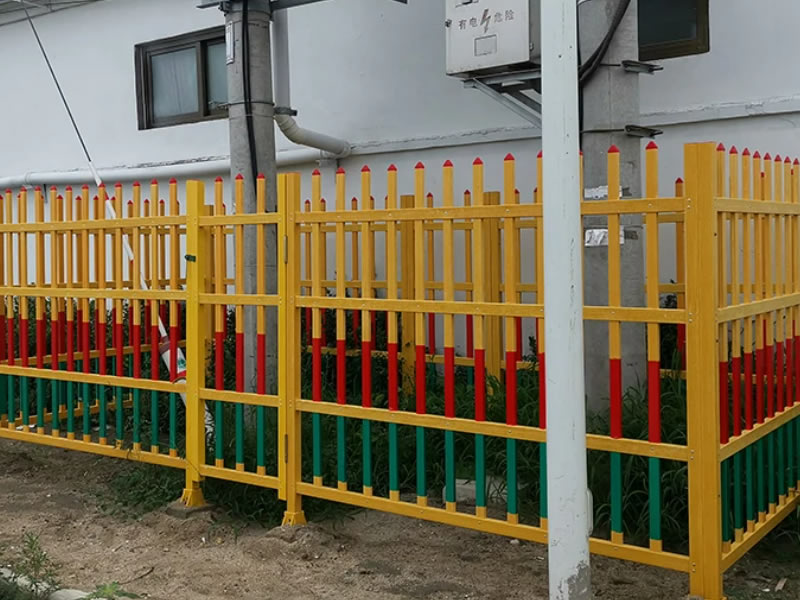
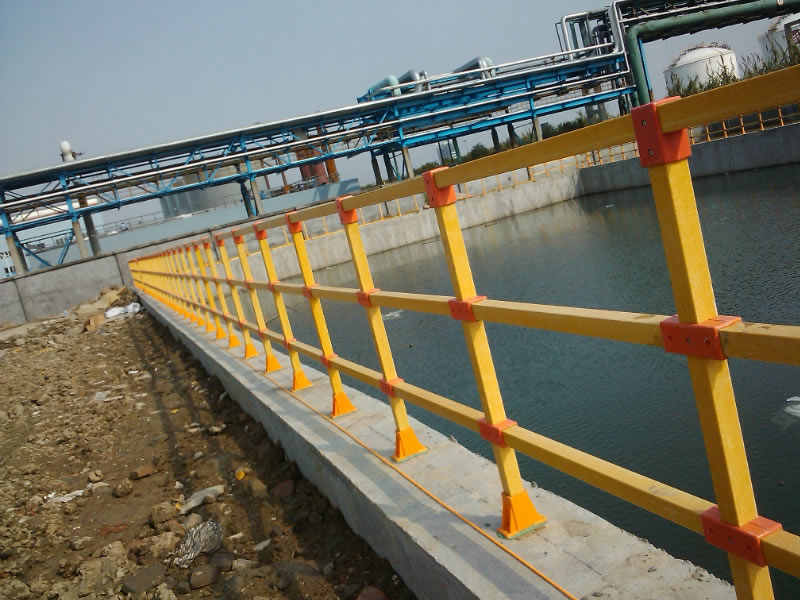
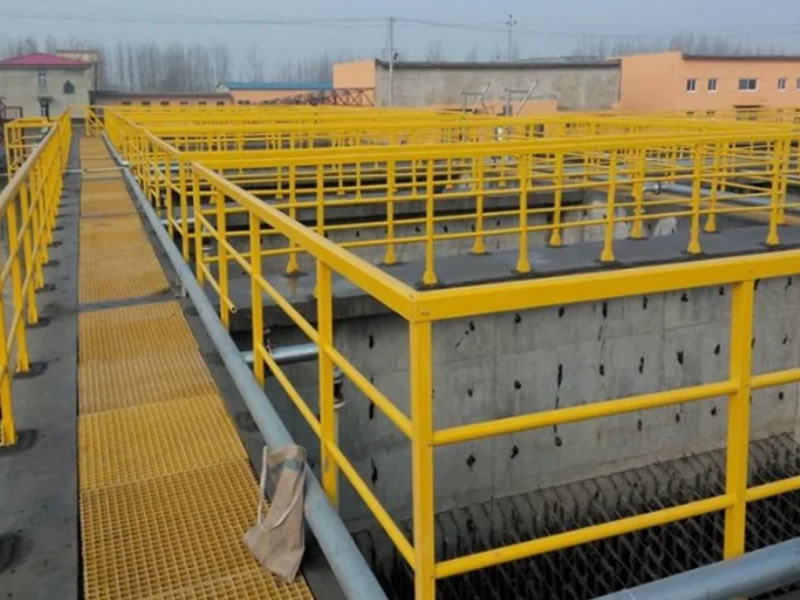
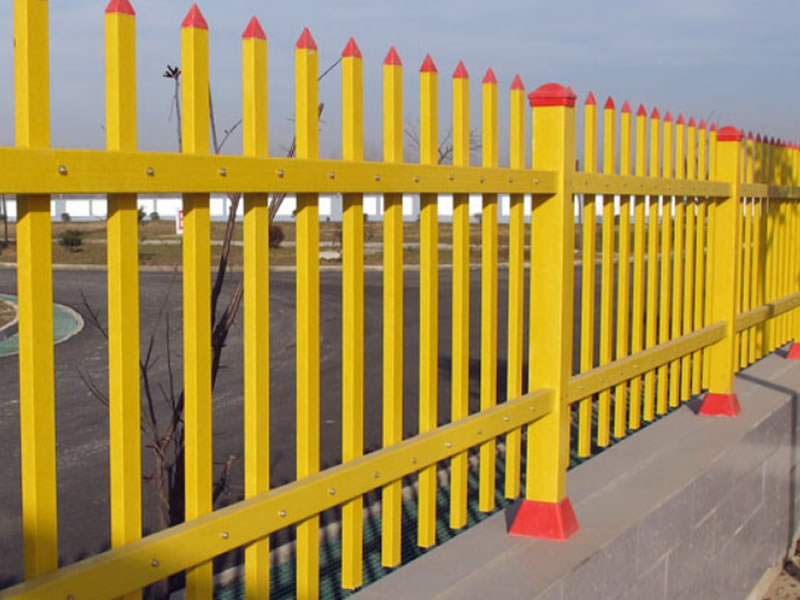
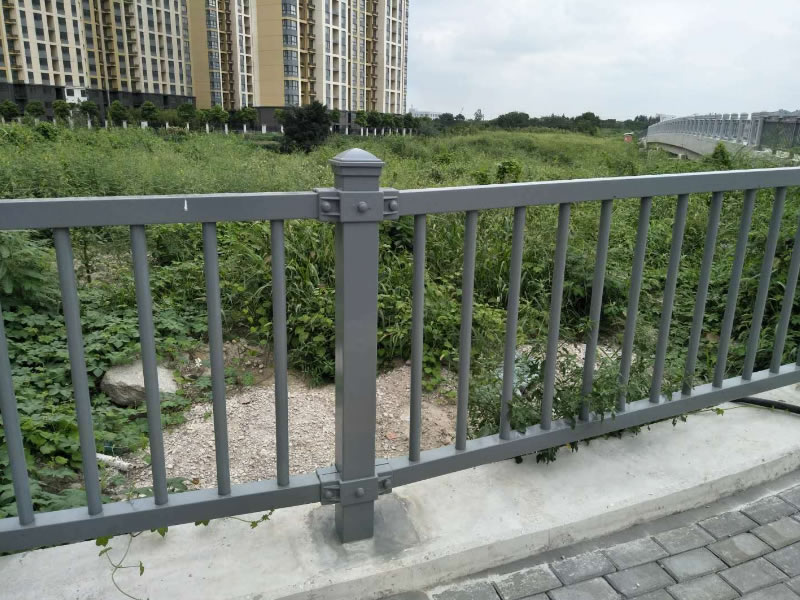
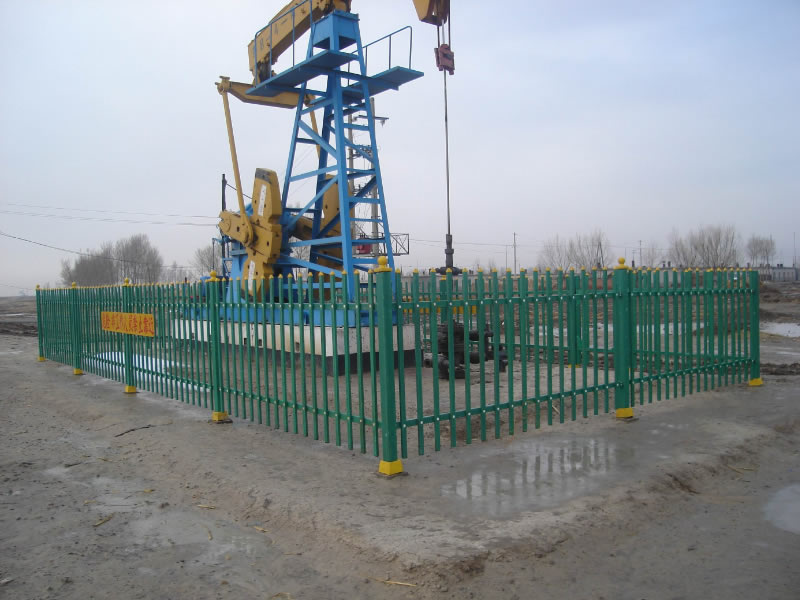
Advantages
Fiberglass fences are known for their exceptional durability, offering several advantages:
- Corrosion and Aging Resistance: These fences thrive in harsh conditions, maintaining their integrity over time.
- High Strength and Lightweight: Their lightweight yet strong nature facilitates easier installation and cutting, reduces transportation challenges, speeds up construction, and saves labor and time.
- Impact Resistance: Impressively, they maintain structural integrity, even when subjected to forces beyond their designed capacity.
- Maintenance-Free: With self-cleaning features, these fences require minimal maintenance.
- Variety of Types: Fiberglass guardrails are available in multiple types, including electric fiberglass guardrails, highway FRP fences, chemical FRP fences, and courtyard FRP fences, to meet specific requirements in a variety of settings.
Primary Installation Methods
Installing fiberglass fence guardrails is a straightforward process, but it requires attention to detail and precision. The installation can be done using basic tools like hand drills, hammers, and screws. There are two primary methods of installation: Pre-Embedded Installation and Base Fixed Installation.
Pre-Embedded Installation
- Step 1: Site Preparation
Begin by marking the area where the guardrail will be installed. Ensure that the marked locations align precisely with the planned layout. - Step 2: Digging Pits
Dig pits at the marked spots. Each pit should be approximately 50 cm deep and wide enough to accommodate the guardrail column and the embedding material. - Step 3: Placing Embedding Parts
Place the embedding parts, such as metal sleeves or anchors, into the pits. Ensure they are positioned correctly and vertically aligned. - Step 4: Installing FRP Guardrail Columns
Insert the base of the FRP guardrail columns into the pits, ensuring they are approximately 30 cm deep into the ground. Use a level to verify that the columns are upright. - Step 5: Pouring Cement
Mix and pour concrete around the columns in the pits, ensuring that the embedding parts are fully encased. The concrete should be poured to a level just below the ground surface. - Step 6: Allowing for Curing
Allow the concrete to cure and harden. This can take several days, depending on weather conditions and the type of concrete used. Do not disturb the columns during this period. - Step 7: Finishing
Once the concrete has fully cured, backfill any remaining space around the columns with soil and compact it. Clean any excess concrete from the columns.
Base Fixed Installation
- Step 1: Marking Installation Points
Mark the exact locations where the guardrail columns will be installed. Use precise measurements to ensure alignment. - Step 2: Preparing Bases
At each marked point, prepare a solid base. This could involve leveling the ground or installing a concrete pad. - Step 3: Installing Expansion Bolts
Drill holes at the marked points on the bases. Insert expansion bolts into these holes, ensuring they are firmly fixed. - Step 4: Attaching Guardrail Columns
Position the base of the FRP guardrail columns over the expansion bolts. Secure the columns onto the bolts using appropriate fasteners. Ensure that the columns are vertically aligned and stable.
Step 5: Final Checks and Cleanup
Perform a final inspection to ensure all columns are securely installed and the guardrail is stable. Make any necessary adjustments. Clean up the site, removing any debris from the installation process.
General Tips
- Safety Precautions: Always follow safety guidelines while using tools and handling materials.
- Measurement Accuracy: Precise measurements are crucial for both installation methods to ensure the guardrail is correctly aligned and stable.
- Quality of Materials: Use high-quality concrete, expansion bolts, and other materials for a long-lasting installation.


